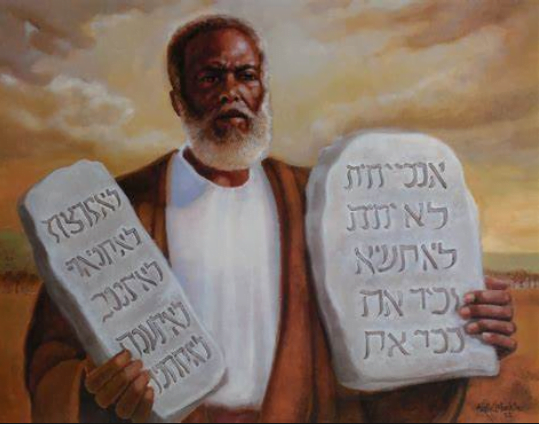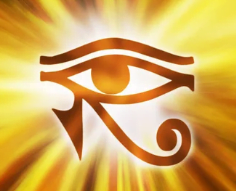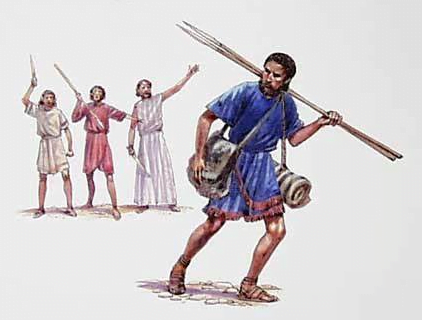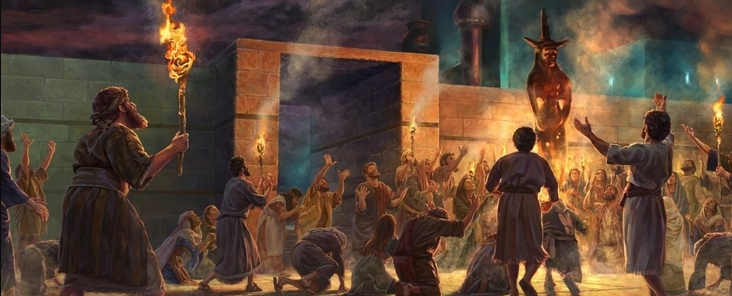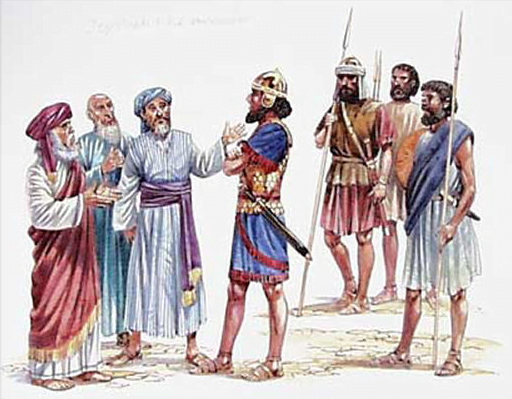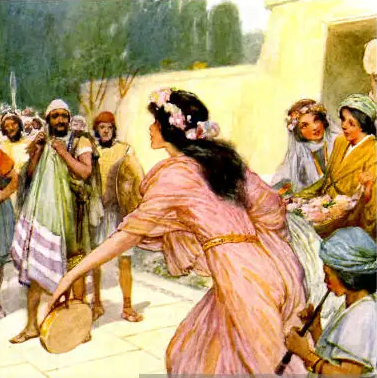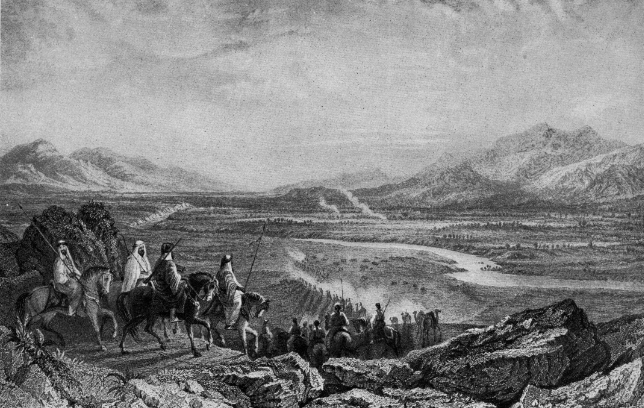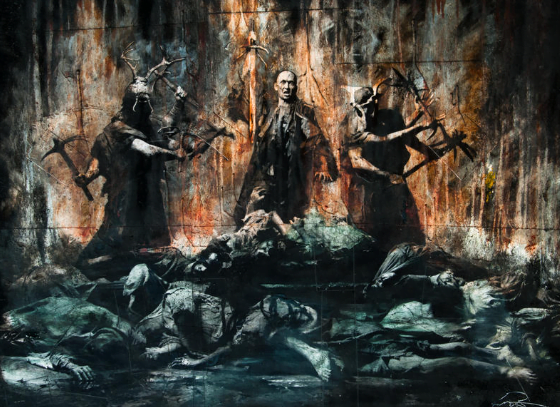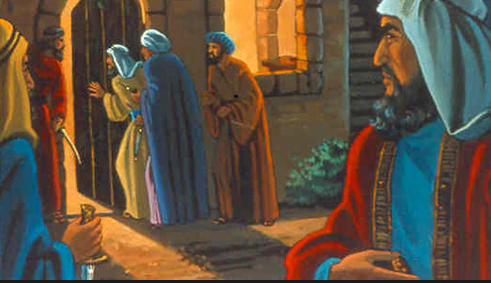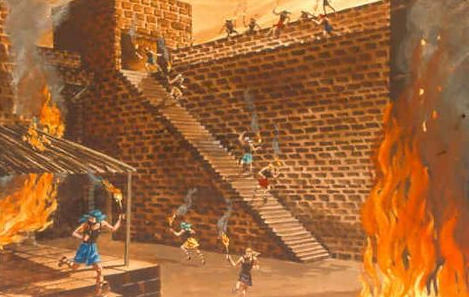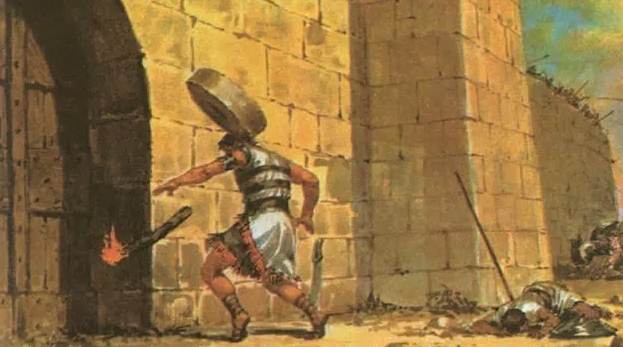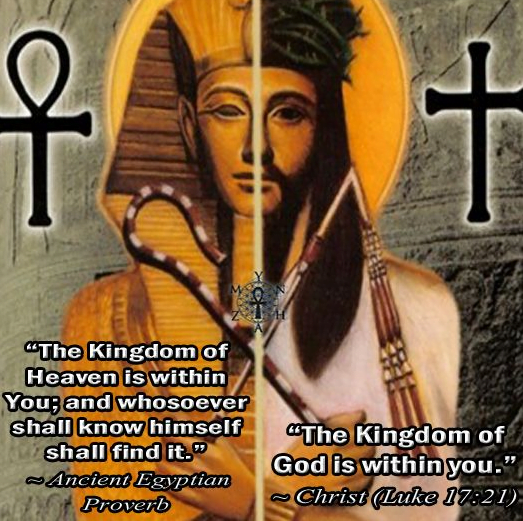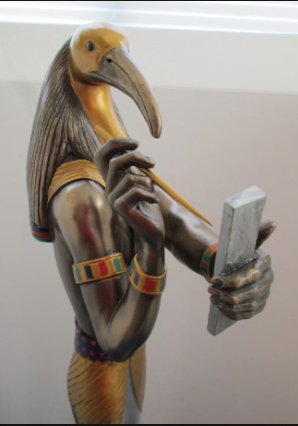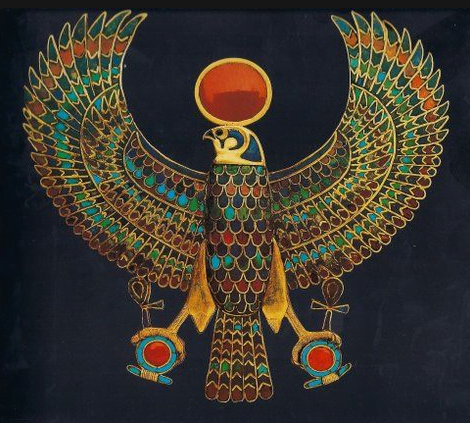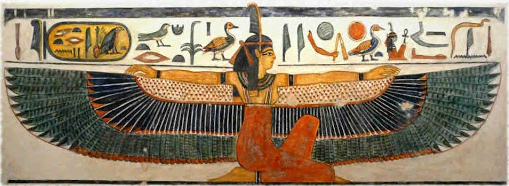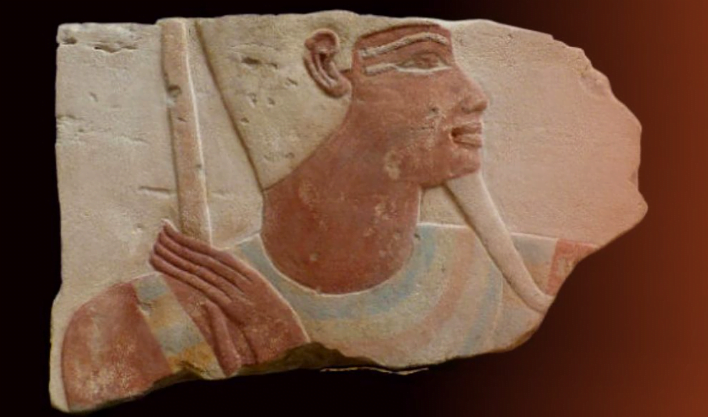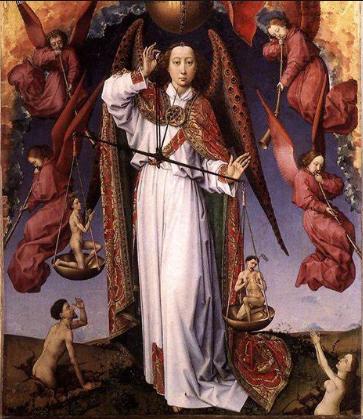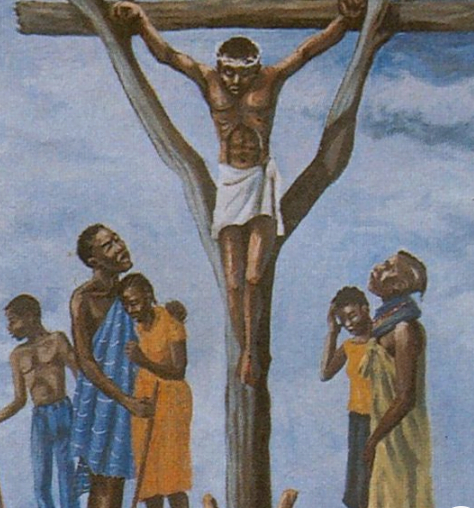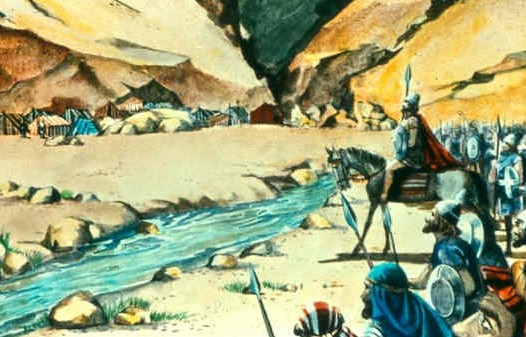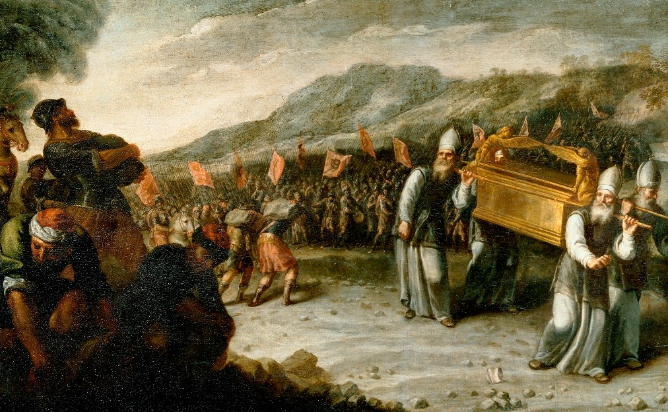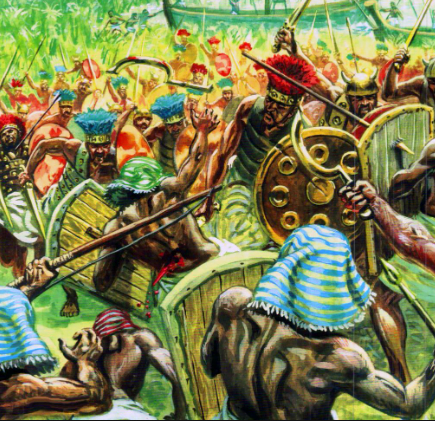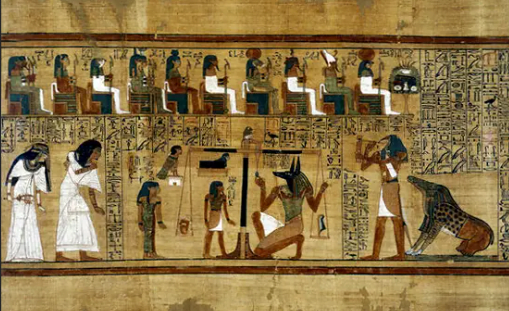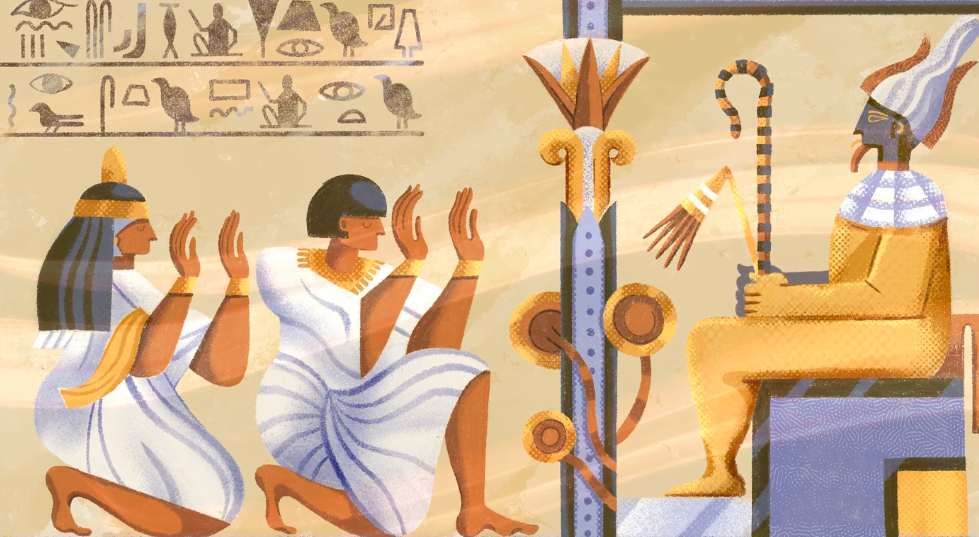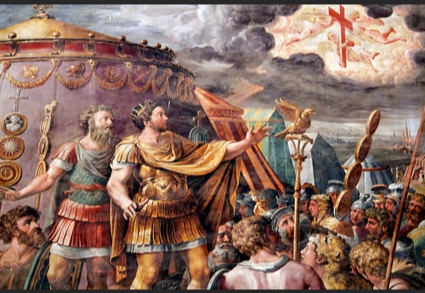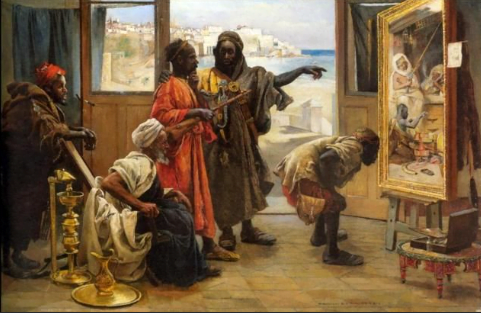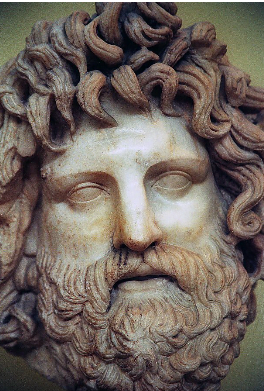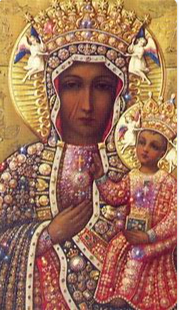The Kemet Christian Connection
Nile Valley religious tenets and traditions have been misinformed and misrepresented. However, Kemetic religious doctrines have informed the foundations of Christian belief and practice. In other words, Nile Valley religious text demonstrate that there is the Kemet Christian connection. The evolution of Christian theology and doctrine owes much to roots planted in the religion of Kemet.

Conceptions of God and the universe in both Nile Valley and Christian accounts are strikingly similar. In both a self-created God creates heaven and earth. He divides the waters, creates light, which is separated from darkness, and creates humankind. Researchers who were predominantly Christian weighted historical information to align with their particular convictions. They skewed information so as to portray African religion as Polytheistic, anthropomorphic, or idolatrous. However, Africans have viewed God as One from the conception of time. The Netchery were simply aspects or manifestations of that one God.
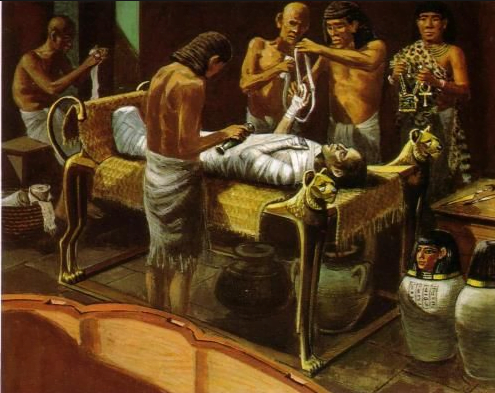
The Kemet Christian connection may be observed in the fact that the people of Kemet were the first human beings to express belief in a doctrine of everlasting life. Their yet undiscovered process of embalming was developed to preserve the bodies of the dead. Prayers and litanies were placed with the entombed body to prepare the soul for safe passage to the next world. The so-called Book of the Dead was really the “coming forth by day”. These ancient Nile Valley texts were a reference to the rebirth or resurrection of the soul of those departed.
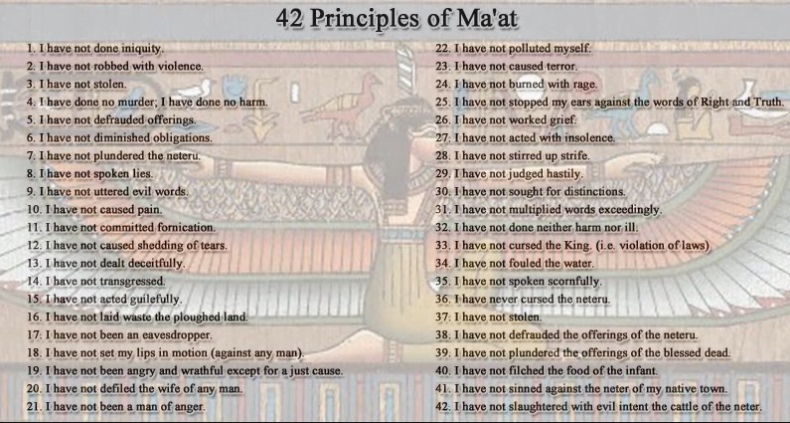
Another aspect of the ancient texts of Kemet is its probable source for the ten commandments on which later Christianity is grounded. Consider that Moses, who is credited with giving the commandments, was educated in Egypt. The content of the of the 42 Declarations of Maat is mirrored in the commandments. Nevertheless, the Declarations were written at least 1500 years before the Ten Commandments. Kemetic tradition of placing focus on the Netcherw was severed by Pharaoh Akhenaton. He taught a singular personification of God worshipped as Aton. It is surmised that Moses was a disciple of Akhenaton from whom he obtained his concept of “One God”.
